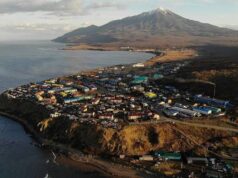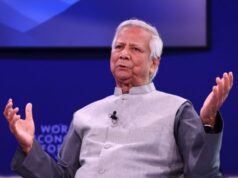Kumbh Mela is the biggest gathering of humanity
By Meghna Bali and Som Patidar
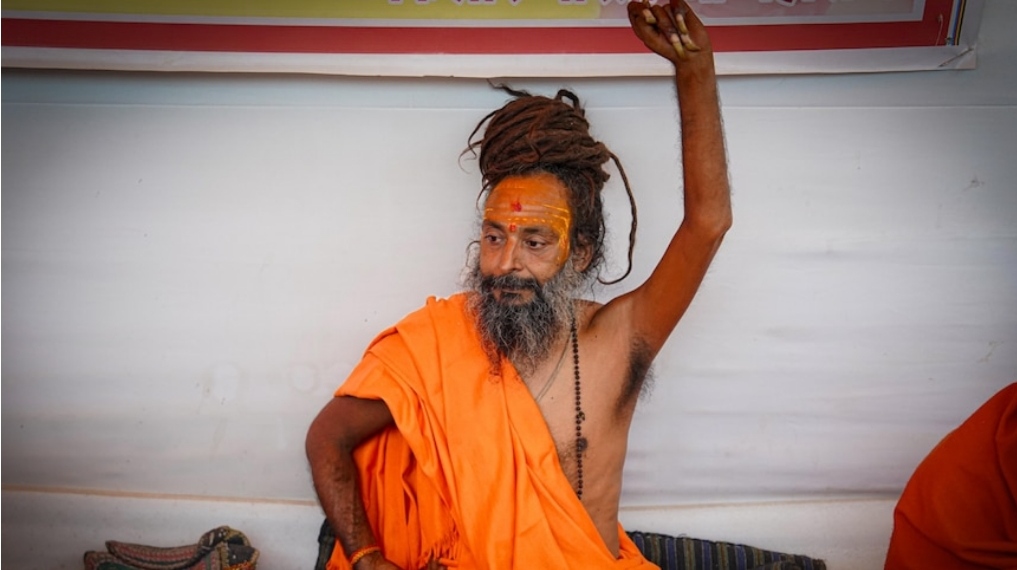
Digambar Naga Baba has kept his arm up in this position for five years as an extreme act of penance. (ABC News: Meghna Bali)
Digambar Naga Baba has kept his hand raised for the last five years — a symbolic act of devotion and sacrifice.
He claims this extreme penance is to protect Sanatan Dharma, or “eternal dharma”, a Sanskrit term often used to describe the ancient spiritual and moral foundation of Hinduism.
As a Naga Sadhu — a member of an ascetic sect dedicated to Lord Shiva — he embraces a life of severe austerity, celibacy, and meditation.
Naga Sadhus are easily recognised by their ash-covered bodies, matted dreadlocks, and complete or partial nudity, reflecting their renunciation of worldly attachments.
“The only truth in life is death. Everything else is illusion. Nothing lasts in this world,” one seer told the ABC.
Though they typically reside in remote mountains or valleys, these sages have converged in vast numbers for the Maha Kumbh Mela — the world’s largest human gathering.

Kumbh Mela is considered the biggest gathering of humanity in the world. (ABC News: Meghna Bali)
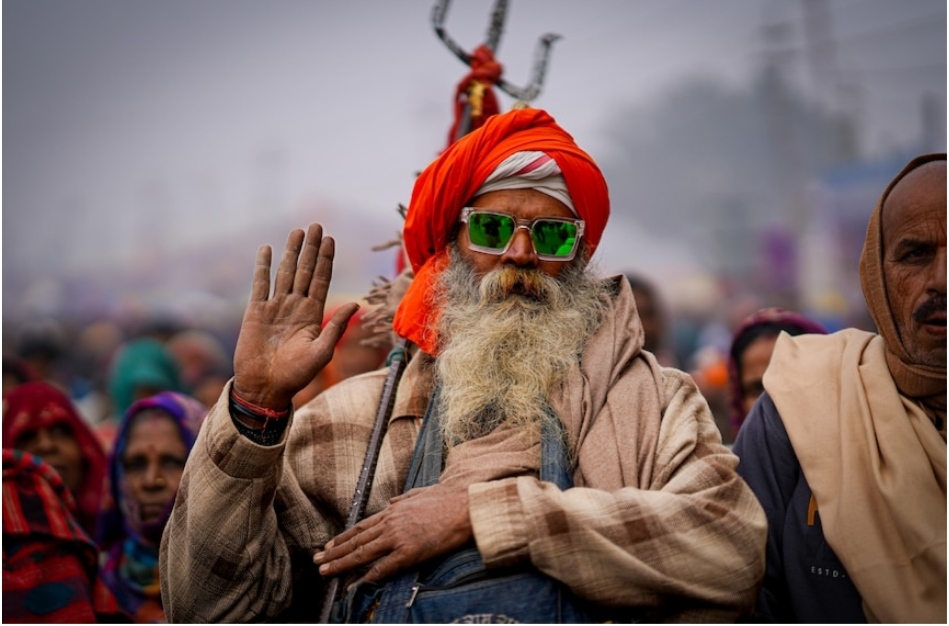
Over 400 million people are expected to head to Uttar Pradesh for the festival. (ABC News: Meghna Bali)
Held every 12 years in the sacred city of Prayagraj, this iteration is particularly significant, with astrologers (verified by present-day astronomers) saying such an alignment of stars hasn’t occurred in 144 years.
“This is our grand festival; it’s beyond words to describe our excitement,” said Rupali Gupta, an attendee.
A once-in-a-lifetime pilgrimage
Over 400 million people are expected to participate in the festival in Prayagraj, a number likely to surpass official estimates, according to the Uttar Pradesh government.
Devotees perform rituals, offer prayers, and listen to spiritual discourses by saints and gurus.
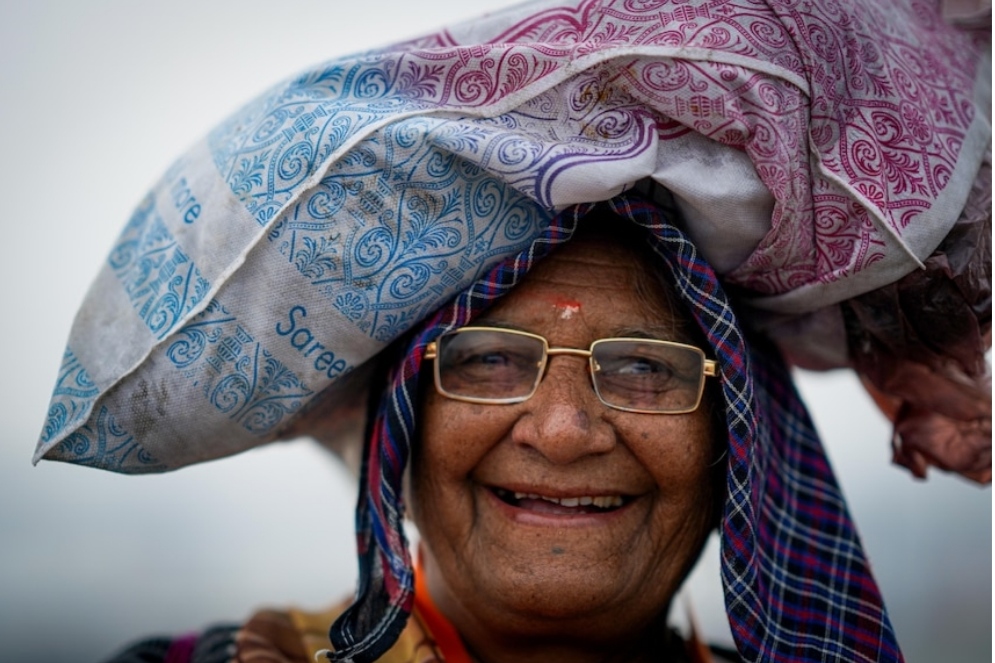
The mega festival will run for 45 days. (ABC News: Muskan Gumber)
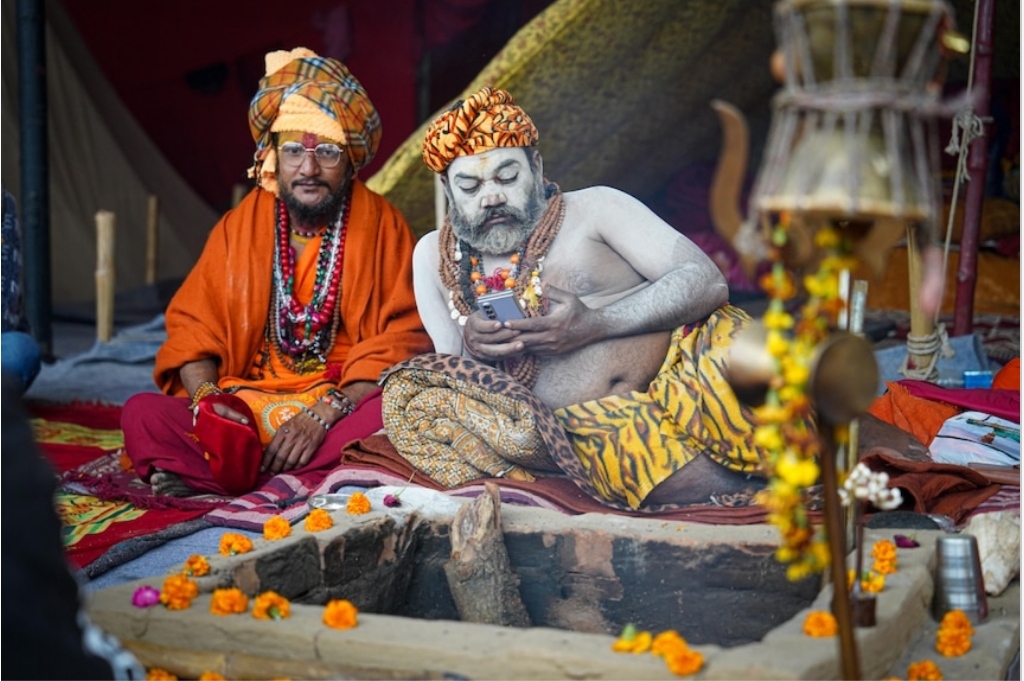
The festival is held every 12 years in the sacred city of Prayagraj. (ABC News: Meghna Bali)
The event also features religious debates, cultural performances, and mass feeding of pilgrims.
Families, elderly pilgrims, and even foreigners are drawn to the event.”I’m here for the first time in Maha Kumbh Mela and this is great festival,” said Maria, a Ukrainian woman who began her spiritual journey in India three years ago.
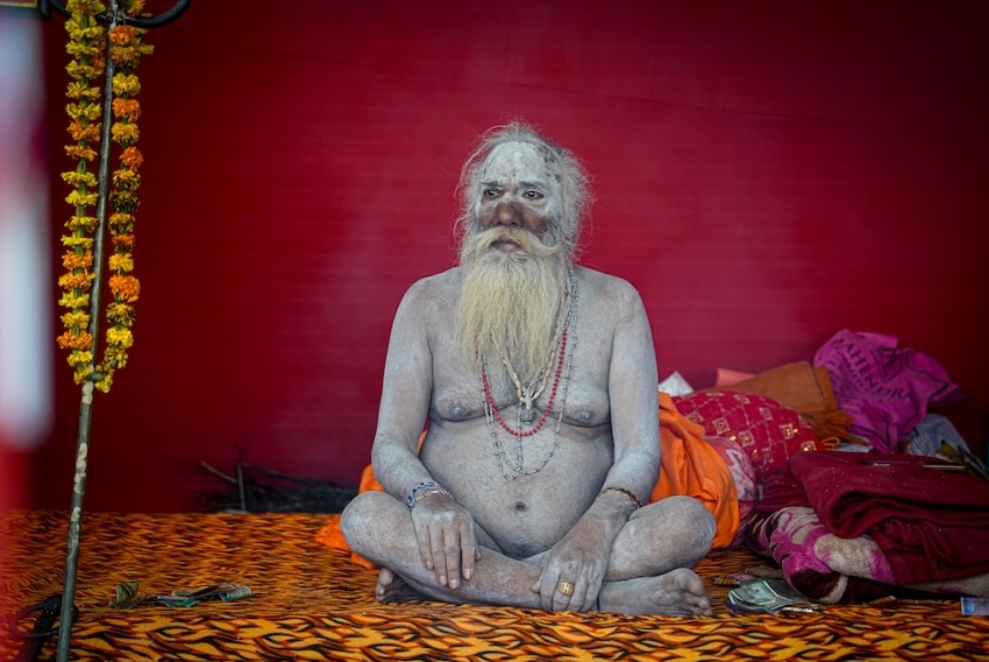
The festival is attended by a vibrant mix of sadhus or holy men, ascetics, pilgrims and tourists. (ABC News: Meghna Bali )
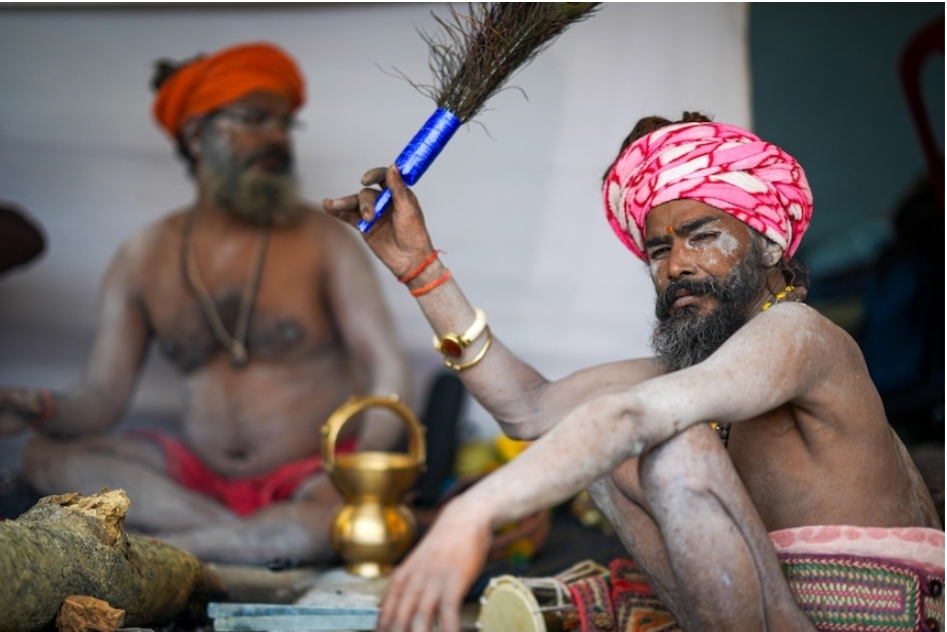
Over about the next six weeks, Hindu pilgrims will gather at the confluence of three sacred rivers.(ABC News: Meghna Bali)
“I am very excited, I am so happy. So many people, everyone loves God and everyone wants to take a bath.
“For others, like 31-year-old Pradeep Gautam, the appeal is in the spiritual atmosphere.
“The aura is surreal. I’m here for the experience and to witness the presence of great Hindu monks,” he said.
Prayagraj holds special reverence as the site of the Triveni Sangam, the confluence of the Ganga, Yamuna, and the mythical Saraswati rivers.
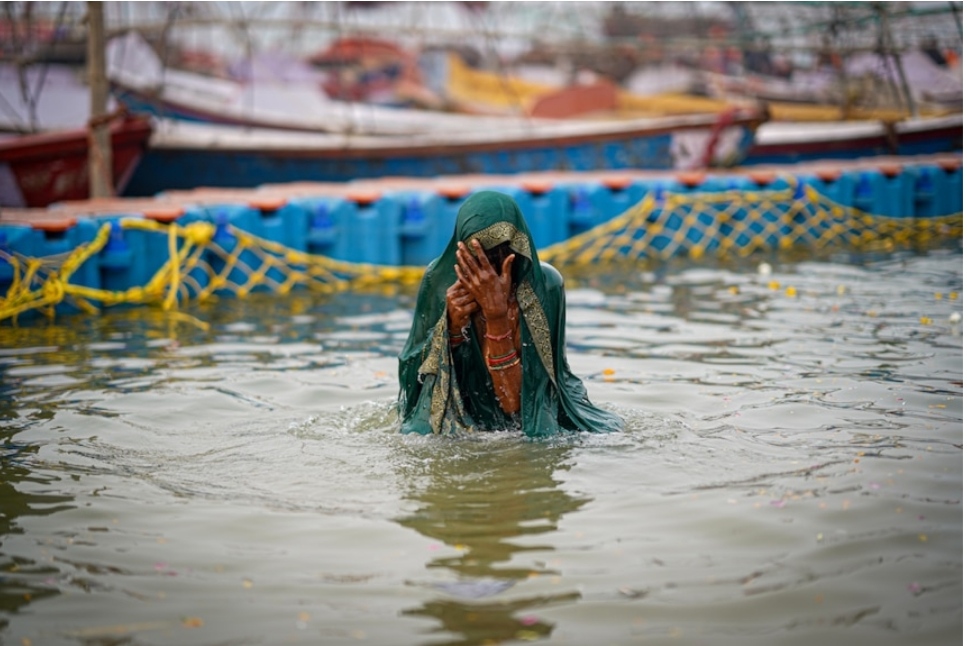
The Hindu faithful believe that a dip in their waters will cleanse them of their past sins. (ABC News: Meghna Bali)

Ritual bathing takes place every day of the festival. (ABC News: Meghna Bali)
Hindus believe that bathing here during the Kumbh Mela washes away sins and breaks the cycle of rebirth.”We are humans. We commit sins in life, right? So we come to wash them away, to become good. That’s why we come from all around the world to bathe here,” devotee Poornima Roy said.The staggering logistics of the world’s largest human gathering
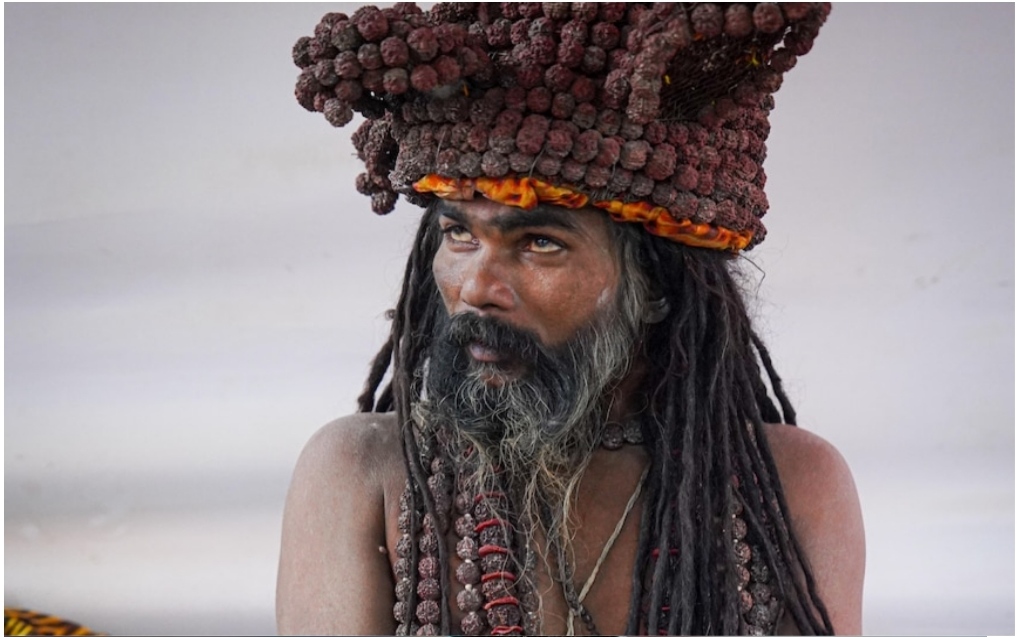
The origins of the mega event trace back to the myth of Samudra Manthan, the churning of the ocean by gods and demons to obtain amrit, the nectar of immortality.
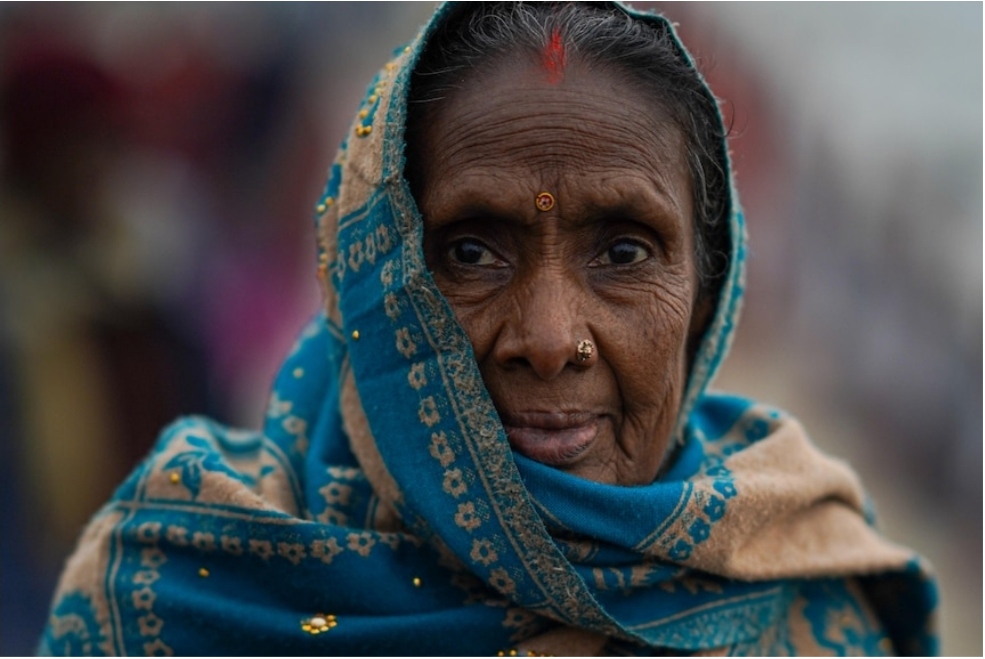
According to legend, drops of the nectar fell at four earthly locations — Prayagraj, Haridwar, Ujjain, and Nashik — now sites of various Kumbh festivals.
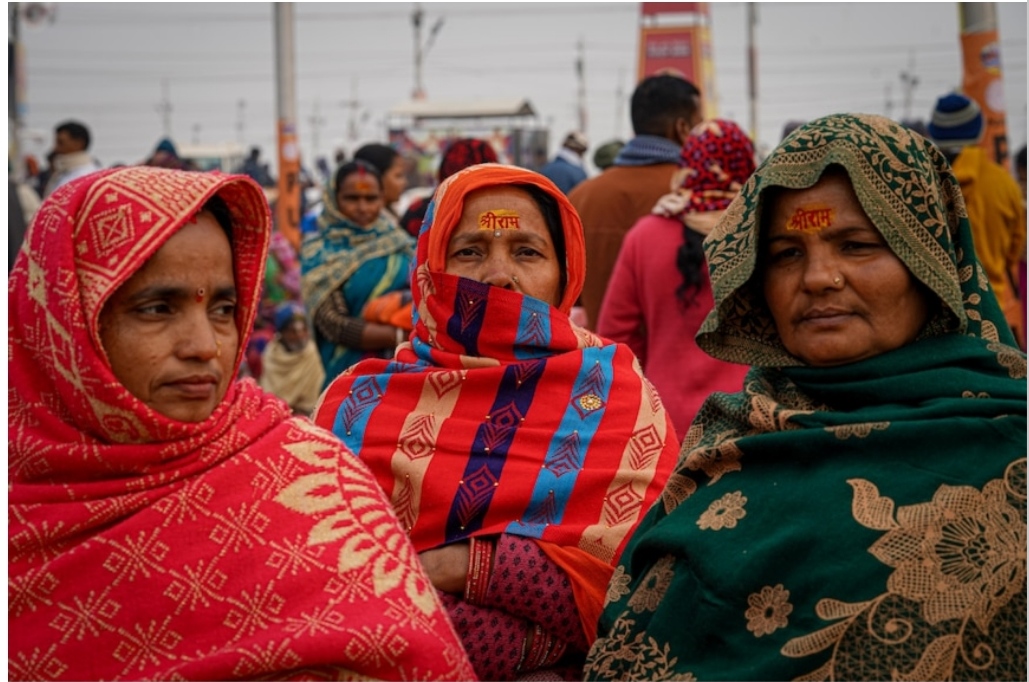
The Maha Kumbh Mela, however, is considered the most significant and grandest of them all.
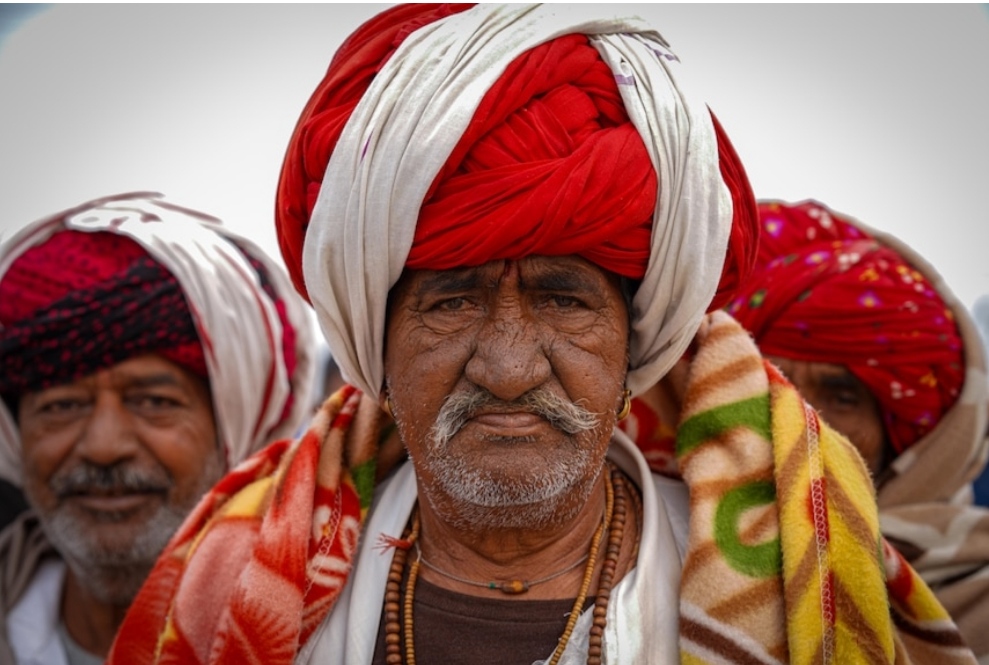
On the festival’s opening day, 15 million people took the holy dip.
Today, numbers are expected to exceed 20 million.
The largest gathering, expected on January 29, will see an estimated 50 to 60 million worshippers immerse themselves in the sacred waters.
This year’s festival is shaping up to be the largest yet.
Authorities have erected a sprawling temporary city across 4,000 hectares, complete with 150,000 tents, 3,000 kitchens, 145,000 restrooms, and nearly 100 parking lots.
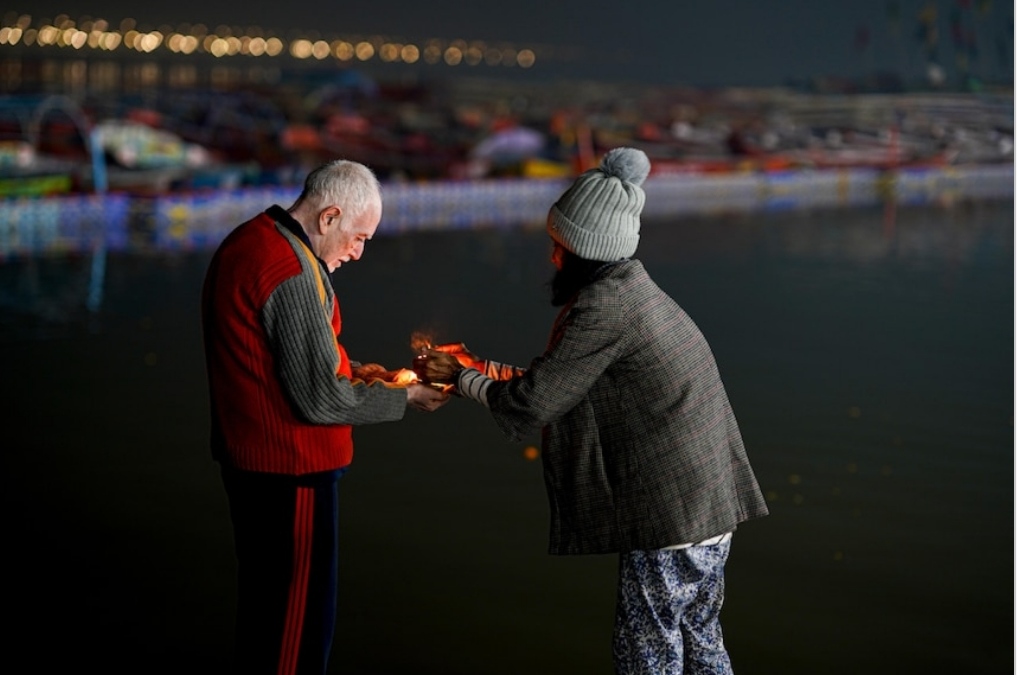
The festival becomes a sprawling temporary city complete with 150,000 tents, 3,000 kitchens, and 145,000 restrooms. (ABC News: Meghna Bali)
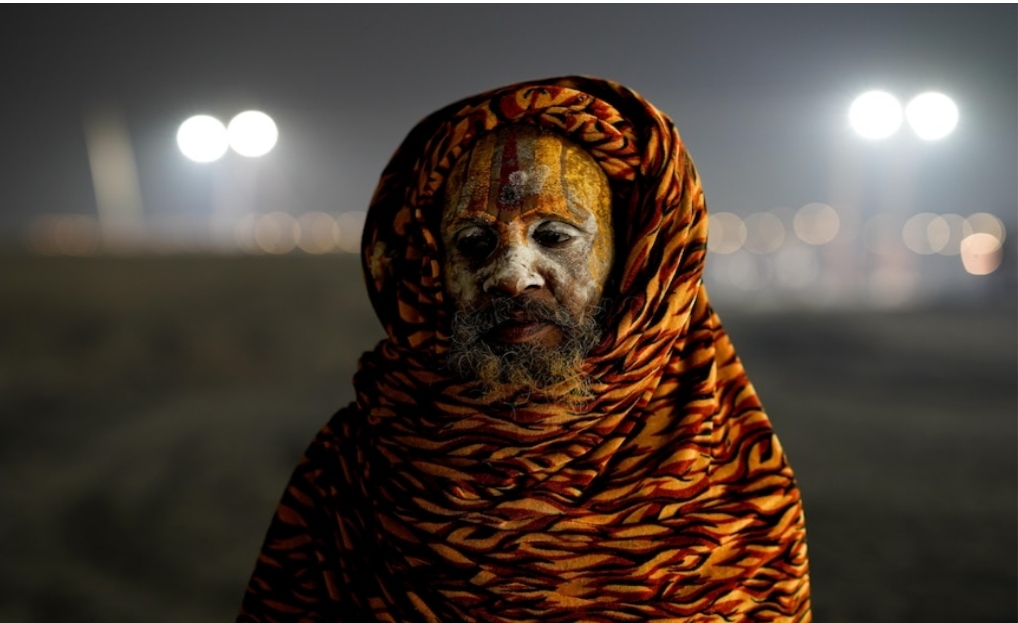
At least 400 million people — more than the population of the United States—are expected in Prayagraj over the next 45 days.(ABC News: Meghna Bali)
Indian Railways has deployed 98 special trains to accommodate the influx of pilgrims, supplementing its regular services.
Security has also been intensified, with 40,000 personnel, including paramilitary forces, overseeing crowd control and safety.
For six weeks, attendees will witness vibrant processions heralding the arrival of 13 monastic orders, known as akharas.
Each akhara has its own deity, philosophy, and focus — ranging from meditation and yoga to martial arts.
These orders also lead the ceremonial first bath in the holy rivers.
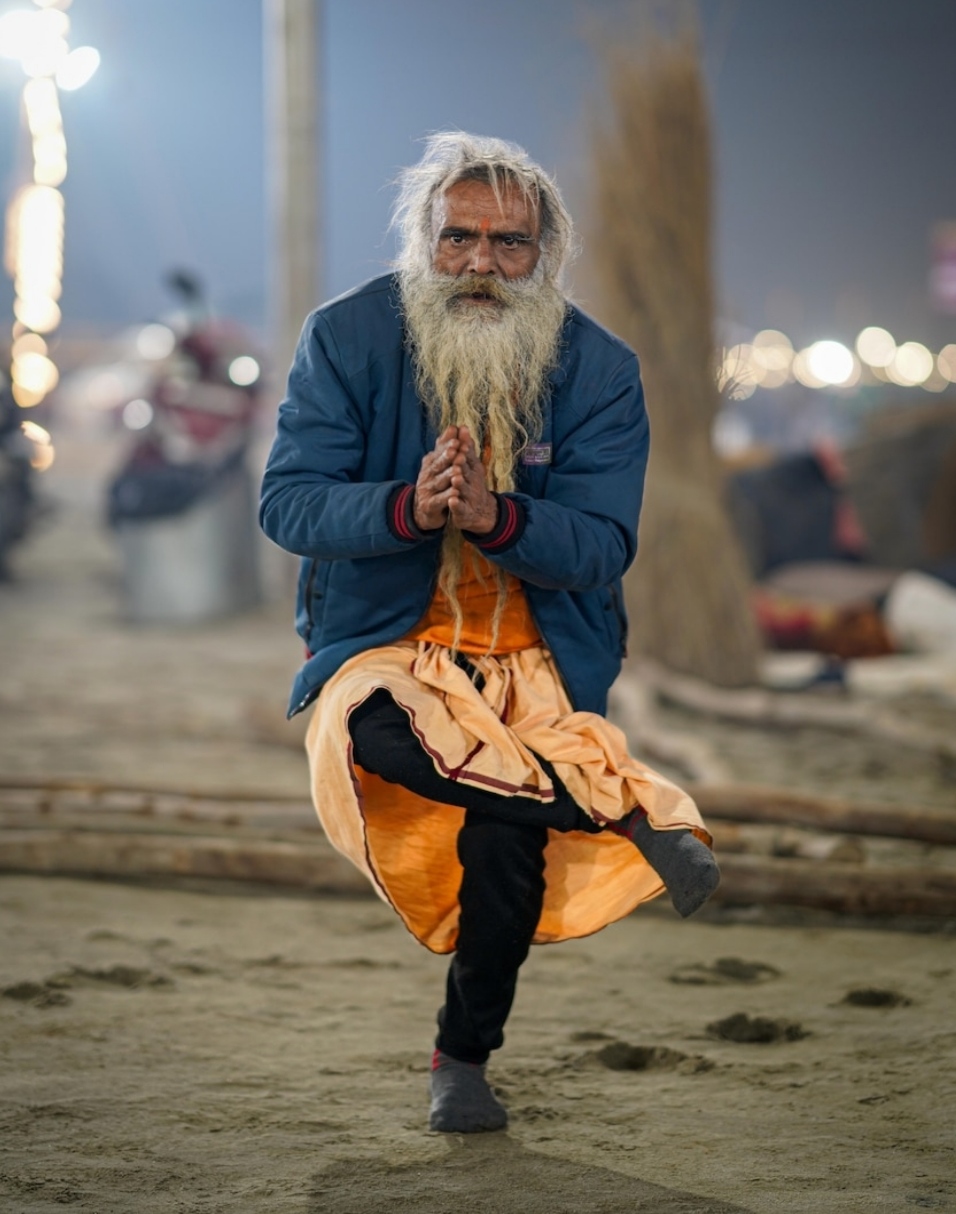
This year’s festival is expected to be the biggest and grandest of them all.(ABC News: Meghna Bali)
According to local reports, the state’s chief minister, the hardline Hindu monk Yogi Adityanath, and his BJP government have invested more than $1.3 billion in infrastructure and sanitation projects for the event.Billboards bearing the faces of Adityanath and Prime Minister Narendra Modi are visible throughout Prayagraj. “The Maha Kumbh embodies India’s timeless spiritual heritage and celebrates faith and harmony,” Modi said in a post on X.
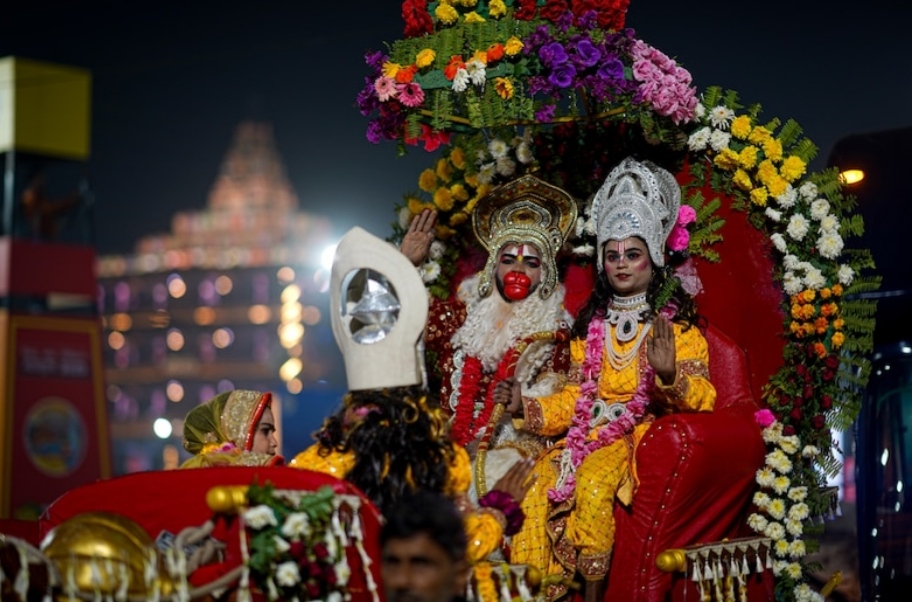
Many pilgrims stay for the entire festival, bathing at sunrise every day.(ABC News: Meghna Bali)
Source : ABC News

